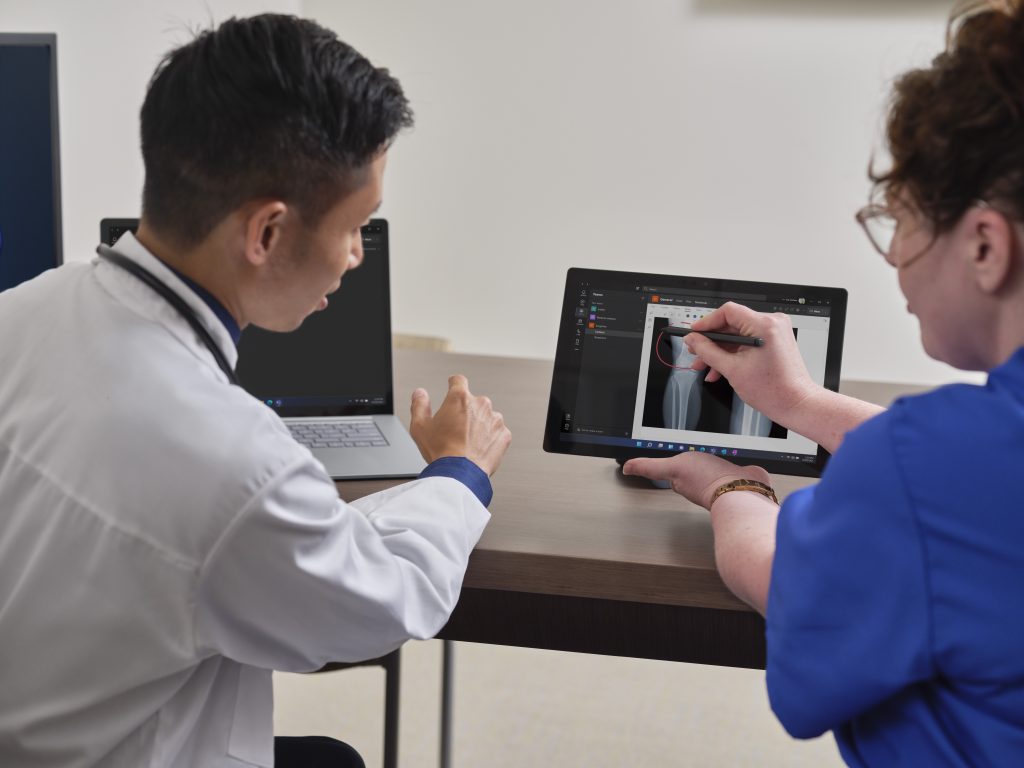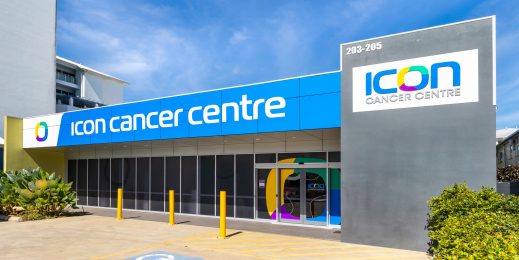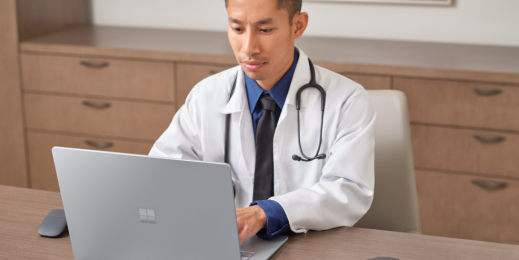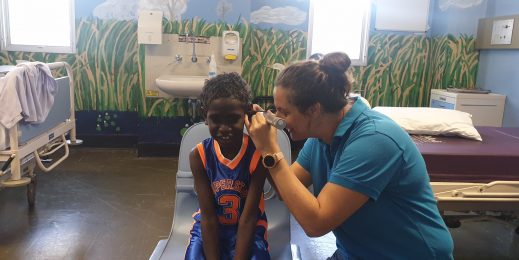
Transforming Healthcare with Technology. Meet the Withers Women.
Covid has irrevocably changed the world and how we operate within it; affecting every person and every industry in almost every corner of the world, but arguably none more than healthcare. Though with chaos came opportunity – with technology’s ability to optimise operations and empower employees resulting in a rapid transformation of patient care that will last through the pandemic and beyond.
Three members of one family – two doctors and one mechatronics engineer – have witnessed this change from a closer viewpoint than most – within the healthcare and technology sectors.
Courtney Withers, a Microsoft App Innovation Specialist, spoke with her sister, Dr. Caitlyn Withers, a Junior Doctor at Queensland Health along with their mother, Dr. Teresa Withers, Director of Neurosurgery, Associate Professor, Adult and Paediatric Neurosurgeon at Gold Coast University Hospital to share a unique view of where their professional lives intersect.
The two Dr Withers’ have witnessed the transformation locally, with their respective hospitals increasing telehealth and device use; Teresa’s team saw firsthand the benefit of collaboration through the introduction of Microsoft Teams. Internationally, they’ve witnessed healthcare evolve, as healthcare workers collaborate across borders with increased confidence and agility.
COVID and the evolution of telehealth
Telehealth gives people access to medical experts and advice via communications technologies like video or phone calls, without needing to be physically present with their doctor or specialist. It allows remote patient-clinician contact, care, education, intervention, and monitoring, and can be a blessing for people who cannot easily travel to appointments for whatever reason.
Telehealth’s integration into Australia’s healthcare system was gradual before 2020, but progressed rapidly during the COVID pandemic to become the timely, accessible, convenient option available today.
Telehealth and physical appointments are not interchangeable – there’s nothing like face-to-face assessment, and some medicine is simply unable to be practiced remotely. But video conferencing technologies have expanded the reach of accessible medicine and provided alternate avenues for patient care. Especially in a country like Australia, telehealth has enabled specialty consultants to offer invaluable advice to patients and local community doctors in real-time, providing a powerful avenue for regional healthcare.
Junior doctor Caitlyn has witnessed a dramatic shift towards remote care over the last year and expects further improvement as technology, accessibility and adoption improves.
Caitlyn also sees technology as a great way to connect the different streams of medical care, creating truly integrated care. Caitlyn shares:
A really amazing thing has been getting patients to go to their general practitioner, where there’s a telehealth clinic to connect the patient and the GP to the specialist. When general practitioners come in and talk to you, you get a really nice continuity of care.
Collaborate effectively with devices
In hospitals, doctors and medical specialists work across many different parts of a hospital and with other specialist and allied health providers. Teresa and Caitlyn agree working across fields and departments is much harder when working from traditional paper patient files. They believe that portable technology like Surface devices with access to all required files and information, on the spot, elevates patients care and creates more efficient workflows, resulting in streamlined medical pathways.
The power of the digital pen
Teresa noted that as a Neurosurgeon, she sometimes finds it easier to communicate with a patient when she can, literally, draw them a picture. She believes patients would benefit if all medical specialists carried devices with that facility, like a Microsoft Surface Pro. Rather than getting lost on a scrap of paper, instructive diagrams and sketches could be saved to the patient’s chart and shared with other staff and patients quickly and easily.
Caitlyn agrees that a drawing function would add enormous value when communicating complex ideas with her patients, and support continuity of care with other medical providers. Caitlyn says;
Being able to draw the location of a lesion, then put that drawing into a patient’s chart is really important for continuity of care.
Securing patient records
With patient privacy a priority for healthcare providers and patients alike, Caitlyn appreciates the enhanced security of records held on locked devices.
“You have fast access to the information you need, which is efficient,” she says. “Also, the device can securely store confidential information even when you’re carrying it around the hospital.”
With chip to cloud security, Microsoft Surface devices provide ultimate control and proactive protection, allowing users to keep information secure even when shared across teams.
Shaping tomorrow’s healthcare
There is no question that technology has helped improve health care through enhanced workflows and collaboration, but Microsoft tools and solutions can take that even further.
Teresa has used Microsoft Teams to shift from using patient papers to collaborating safely and securely on a digital device – a seemingly small change that has a huge impact. Functions like Teams enable medical teams to work from anywhere, securely accessing sensitive information in real-time, without compromising security or productivity.
We should not allow the phenomenal transformation propelled forward by the pandemic to stutter and stall; continuing to ride the wave of digital evolution will support more flexible, efficient and patient-centric healthcare system into the future.
Learn more
Purposefully designed for the evolving ways people work, Surface for Business and Microsoft 365 gives people the freedom to work their way, protected by the best modern security and manageability platform from Microsoft.








